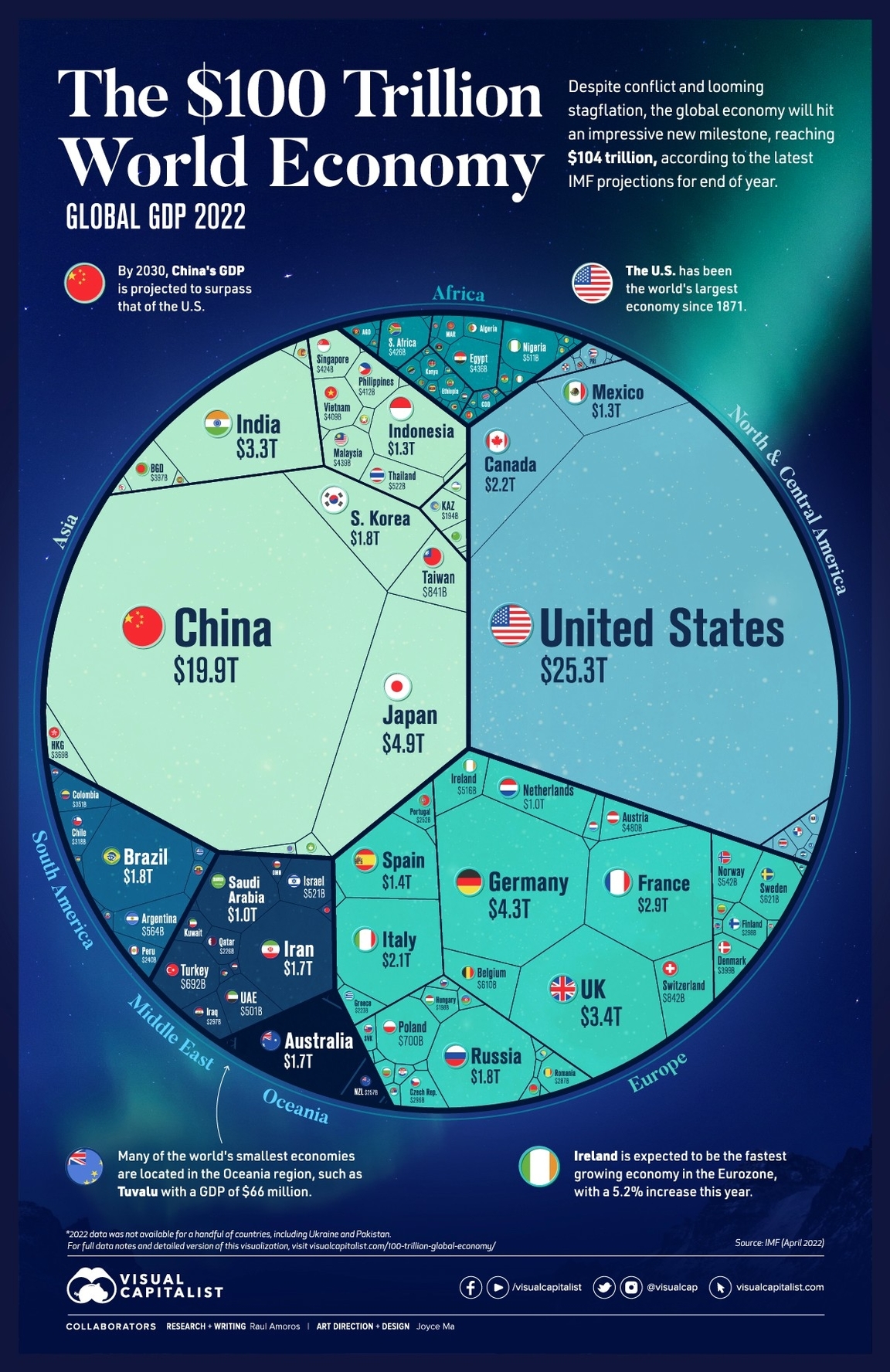
The global economy in 2023 was marked by a fragile recovery, with the Organisation for Economic Co-operation and Development (OECD) predicting global GDP growth of 2.7% in 2023, with a modest improvement of 2.9% in 2024. The World Bank, on the other hand, projected a growth rate of 1.7% in 2023 and 2.7% in 2024, with forecasts in 2023 revised down for 95% of advanced economies and nearly 70% of emerging market and developing economies. The International Monetary Fund (IMF) forecasted a global growth rate of 3.0% in 2023 and 2.9% in 2024, well below the historical average of 3.8%.
Inflation was falling in most major economies, but core inflationary drivers remained stubborn. The headline inflation rate across OECD nations was projected to continue its decline, from 9.4% in 2022 to 6.6% in 2023 and 4.3% in 2024. This was driven by the effects of tighter monetary policies feeding through as well as falling energy prices. However, core inflation, which removes the impact of energy and food prices, continued to prove sticky, partly driven by increasing service prices.
For many people, the impact of high inflation and modest wage increases meant real wages fell in 2022. This decline was expected to end in 2023, which would help address the falling levels of disposable income available to households. Wages had fallen in real terms in many major economies.
The war in Ukraine remained a concern and continued to impact global energy prices, among other factors. The comparatively mild winter that offset some of the increased energy prices last year may well not be repeated. The improving economic climate was on a fragile footing, and the World Economic Forums latest Chief Economists Outlook found that while there was nascent optimism around the economy, inflationary pressures and tighter financial conditions meant further disruption was likely this year.
In conclusion, the global economy in 2023 was marked by a fragile recovery, with growth rates varying across different organizations. Inflation was falling in most major economies, but core inflationary drivers remained stubborn. The impact of high inflation and modest wage increases meant real wages fell in 2022, but this decline was expected to end in 2023. The war in Ukraine remained a concern and continued to impact global energy prices, among other factors. The improving economic climate was on a fragile footing, and the World Economic Forums latest Chief Economists Outlook found that while there was nascent optimism around the economy, inflationary pressures and tighter financial conditions meant further disruption was likely this year.
